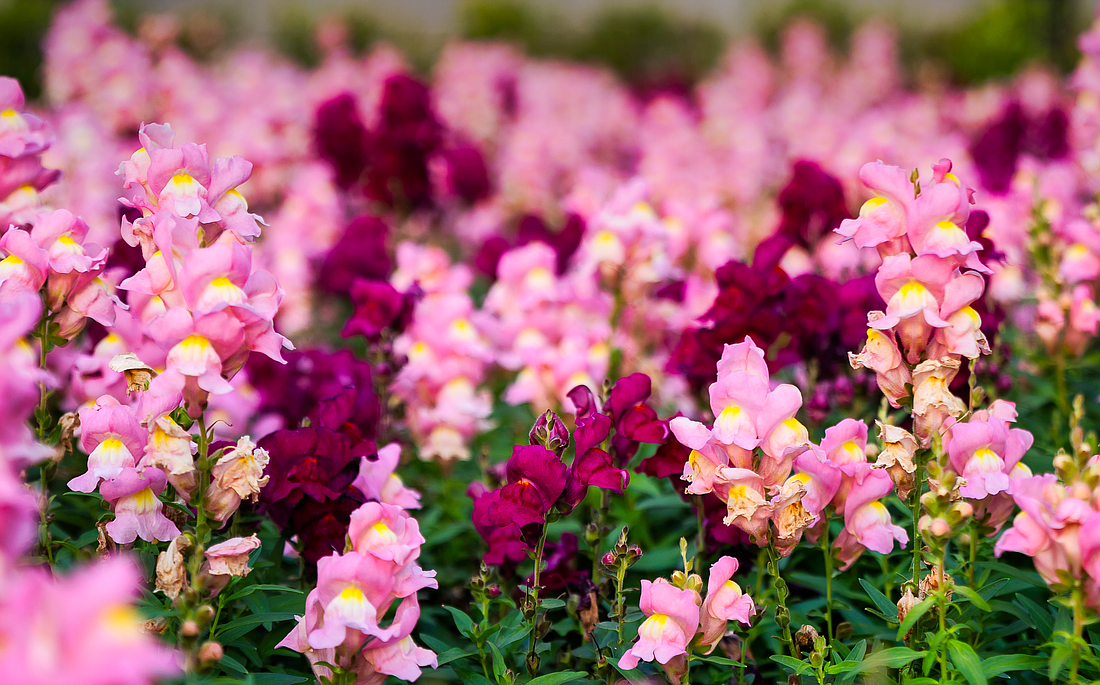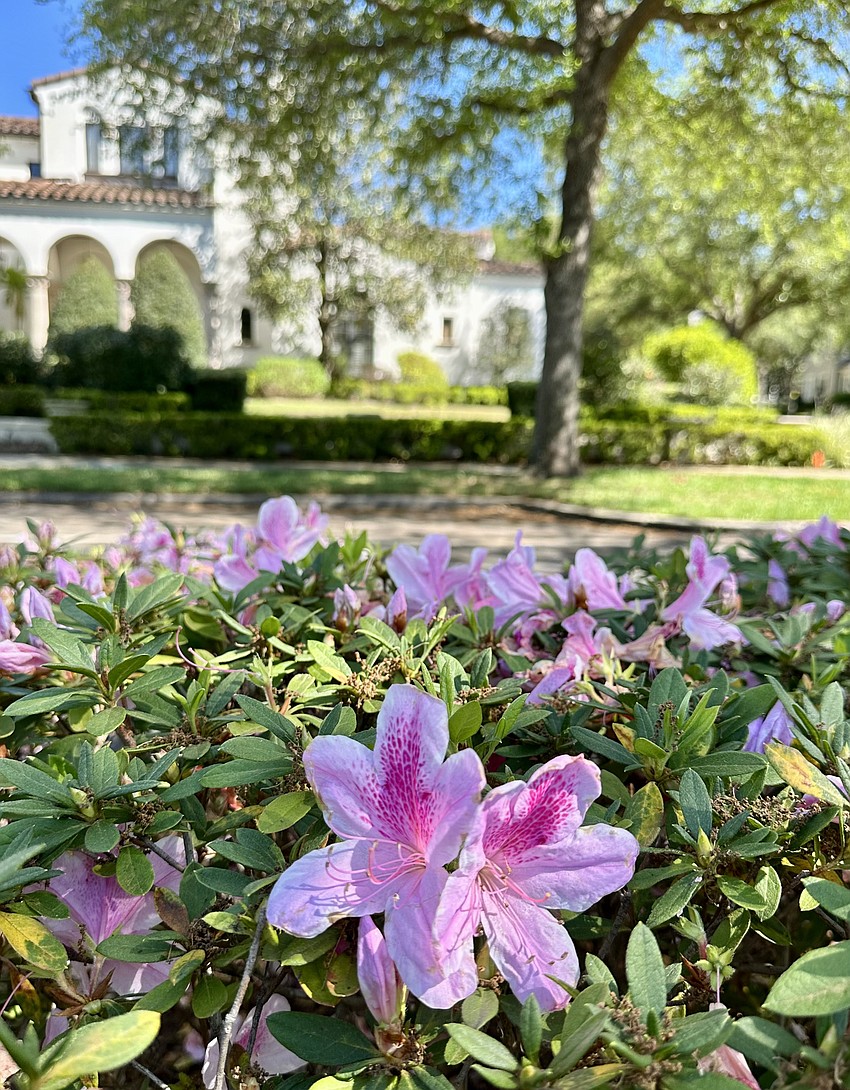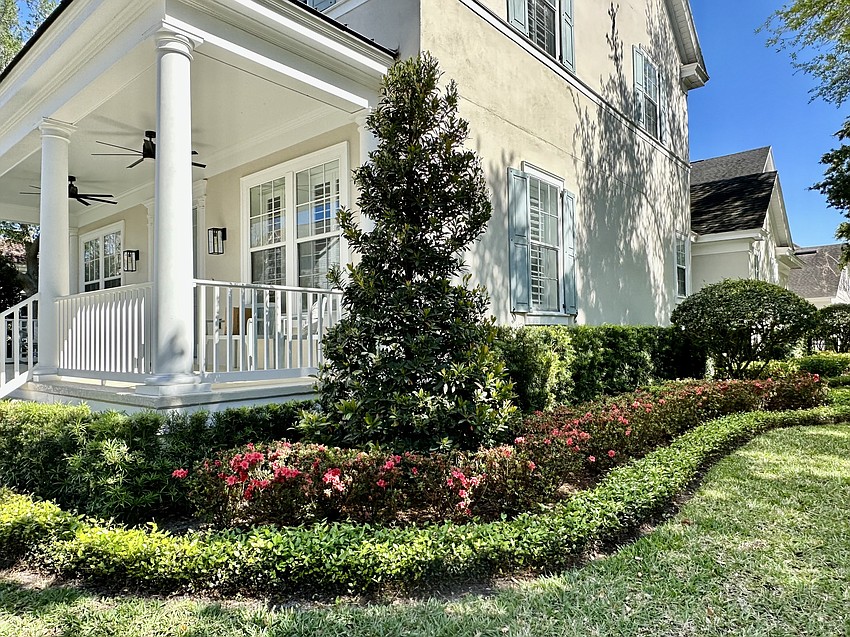- July 26, 2024
-
-
Loading

Loading


As of the penning of this article, there is a beauty pageant happening in Baldwin Park — with contestants from all over the community vying for attention and prize-winning points.
The springtime blooms of Central Florida commence in late February and last through early April. These flashy florae are hard to miss driving down New Broad Street, meandering through our muses and even peering from our own porches.
If you were a judge, which would be your top pick?
Note: This is a pun drop. Please don’t pick the flowers!
Best in Show: Azaleas
First on my list and almost everyone’s favorite is the azalea. As part of the Rhododendron genus, azaleas seem to proliferate during their short peak season — some shrubs look so heavily laden with flowers this year they looks like they could fall over. Alhough azaleas are known to bloom several times throughout the year depending on variety, placement and care, their extra-showy statement of springtime is short-lived.
One of a Kind
It’s been rumored that there are more than 8,000 kinds of azalea, including cultivars that have been intentionally bred and varieties that are naturally occurring. Only a few are commonly used in Baldwin Park landscapes.

Formosa Azalea
These shrubs with bright fuchsia flowers can reach a mature height of 6 to 8 feet. Although this type of azalea often is seen growing in natural, unkept mounds throughout Orlando and Winter Park, Formosa is typically kept trimmed to 42 to 54 inches as high-tier hedges in our front yards.
Fashion Azalea
This dwarf variety produces a salmon-pink flower and is often used as a mid-height tiering hedge or in a grouped massing. It can mature to a height of 4 to 5 feet, but because of its slow growth rate, it is easily maintained at 30 to 40 inches. A great place to see them is next to the townhomes on the shady south side of Common Way Road and in many sun-dappled front yards.
Geroge L. Taber Azalea
This cultivar is known for its pale pink flowers. If you look closely, however, they are not merely monochrome but variegated white with a darker pink. One website calls them “ombre.” Like Formosa, this is a relatively larger species that can grow to a mature height of 6 to 8 feet. Notable placements are on the interior sides of New Broad Street and the northwest corner of Lake Baldwin Lane and Fox Street.

Storytime
For a fascinating horticultural tale of a Florida nurseryman who made a mark on his industry, check out George Lindley Taber’s story at the Azalea Society of America’s website, Azalea.org.
Standard of Care
For some, azaleas are easy. Plant, wait and “Wow!” Eventually, though, Azaleas of Baldwin Park need special care or, sometimes unfortunately, to be replaced.
Where is Your Modesty?
The first consideration is placement.
According to the South Florida Plant Guide, “Most of these plants prefer part sun to part shade. In full shade, an Azalea will grow leggy with fewer leaves, though it will flower.” Apparently, showing too much “leg” can be considered unattractive for a front yard shrub. Many of our yards started out as sunny, then as canopy trees matured, they transformed into the opposite — deep shade. As a result, plant selection often needs to be reconsidered.
Nutritionist Recommended
Potted plants purchased at a local garden center or nursery already have specifically formulated fertilizer incorporated into the soil that gets a plant through its first few months. After that, quarterly application of fertilizer is a must to maximize plant health and optimize blooms.
Azalea.org offers further care tips.